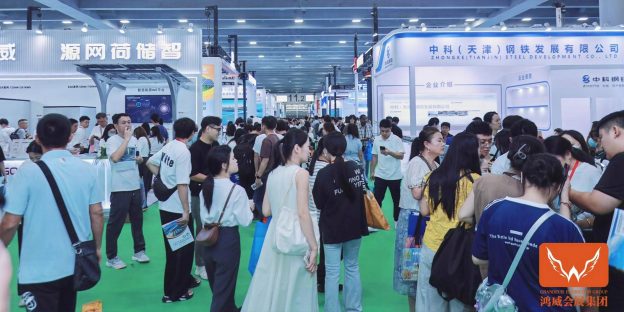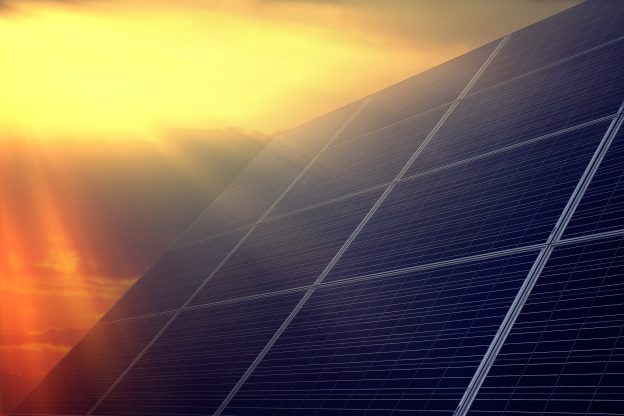Polysilicon:
Polysilicon prices continue to decline throughout the week. The mainstream concluded price for mono recharge polysilicon is RMB 70/KG, while mono dense polysilicon is priced at RMB 68/KG and N-type polysilicon is currently priced at RMB 75/KG.
In terms of trading, this week has shown a slight improvement compared to the stagnation of the previous week. Some small orders have been placed, but the majority of companies are still in the negotiation process. Additionally, there are ongoing discussions about transaction prices for polysilicon and crystal pulling.
Examining the price trends, there’s a notable divergence between leading manufacturers and second-tier manufacturers, with the current prices approaching the cost threshold for the latter and older capacity. When we analyze the supply and demand dynamics, it becomes evident that as polysilicon prices continue to decline, downstream manufacturers are considering production cuts, and new production capacity might face the challenge of running at a loss right after starting operations. Moreover, considering the projected oversupply in the future and the potential for prices to hit rock bottom, some manufacturers have realized that the profits from new production capacity may differ significantly from their expectations, prompting them to adjust their production schedules. However, in the short term, polysilicon output is showing a month-on-month growth trend this quarter. As downstream demand decreases, polysilicon prices will likely continue to face pressure. Overall, this week has seen a decline in quoted polysilicon prices, and the price gap between N-type and P-type polysilicon continues to narrow.
Wafer:
The prices of wafer have still reduced throughout the week. The mainstream concluded price for M10 wafer is RMB 2.30/Pc, while G12 wafer is priced at RMB 3.30/Pc.
The current cell prices are causing significant losses in the cell business, leading to a substantial reduction in activation rates. The overall market turnover is currently sluggish. Additionally, the quoted prices only reflect the trend of declining wafer prices and may not accurately represent the actual transaction prices for spot goods.
On the supply side, wafer prices have continued to decline over the past two weeks. If the prices of different types of wafers keep dropping, manufacturers may find themselves in a situation where their costs exceed their selling prices. Consequently, wafer production schedules have seen a significant reduction, forcing some second and third-tier manufacturers to maintain OEM business for meager profits. The current wafer inventory level has decreased to 1.9-2.1 billion pieces, and there are indications that prices are reaching a bottom in the market.
On the demand side, downstream cell manufacturers are gradually reducing their production schedules, and inventory issues have not been effectively resolved. As a result, cell manufacturers are becoming more cautious when it comes to purchasing wafers. This week, wafer prices have continued to decline, but the rate of decline will narrow with cost support. However, considering the price pressure imposed by downstream consumers, their high inventory levels, and other factors, wafer prices have yet to stabilize and are likely to continue falling in the future.
Cell:
Cell prices have still declined this week. The mainstream concluded price for M10 cell is RMB 0.48/W, while G12 cell is priced at RMB 0.52/W. The price of M10 mono TOPCon cell is RMB 0.49/W.
On the supply side, current cell inventory has remained high for more than seven days. Consequently, facing pressure from both the elevated inventory levels and downstream module manufacturers, cell prices have experienced a decline. The current price of M10 P-type cells stands at 0.48 yuan per watt, which is approaching the production cost of leading integrated manufacturers. The reduction in cell production is the current scenario. However, the shipment pressures haven’t been alleviated, and the price gap between N-type and P-type cells has narrowed, putting both types at risk of operating at a loss due to costs exceeding their prices. On the demand side, the domestic peak season for centralized cell procurement has concluded, and there has been no significant uptick in demand in overseas markets or the distributed PV sector. As a result, the demand for cells has weakened. With module prices also under pressure, module manufacturers are inclined to push down cell prices. Although there has been some improvement in the rate of decline for cells this week, the accumulation of cell inventory, falling upstream material prices, and sluggish downstream demand continue to exert constant pressure on cell prices.
Module:
Module prices have gone down slightly throughout the week. The mainstream concluded price for 182mm facial mono PERC module is RMB 1.08/W, 210mm facial mono PERC module is priced at RMB 1.11/W, 182mm bifacial glass PERC module at RMB 1.09/W, and 210mm bifacial glass PERC module at RMB 1.12/W.
On the supply side, module prices are persistently decreasing and have come close to the cost price of integrated manufacturers. Specialized module manufacturers, in response to module prices falling below their cost, have had to reduce their production rates to avoid losses. This is evident from the reduced demand for various auxiliary materials associated with module production. On the demand side, the primary driver of demand continues to be large domestic projects, whereas overseas demand has not shown any significant increase. The overseas market is still working through its high inventory. In domestic bidding projects, there’s a noticeable shift toward an increased proportion of N-type modules, indicating a faster transition in demand toward N-type technologies. In the third round of centralized procurement for PV modules by Huadian Group, the quoted price stands at 0.9933 yuan per watt. In the same month, the bidding price for modules in the centralized procurement tender by CHN Energy is 0.945 yuan per watt, marking a record low within a single month. This price trend underscores the inevitable intense competition within the module sector, as excess production capacity is evident throughout the entire industry chain. This week, module prices have continued their descent. In summary, it's probable that module prices will remain volatile in the future, especially considering that bidding prices for modules are swiftly approaching the 1 yuan mark.







